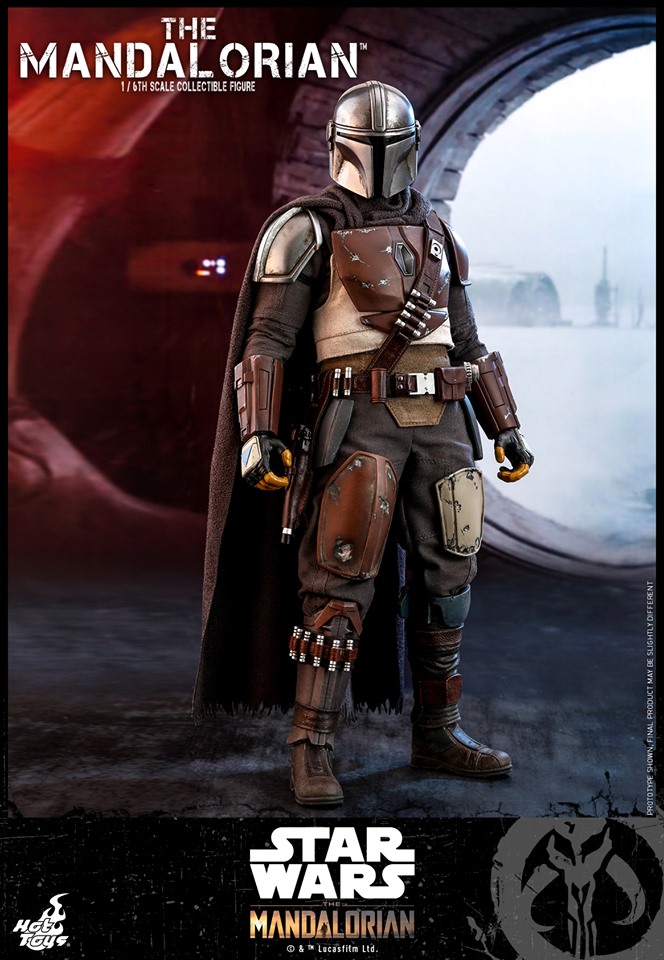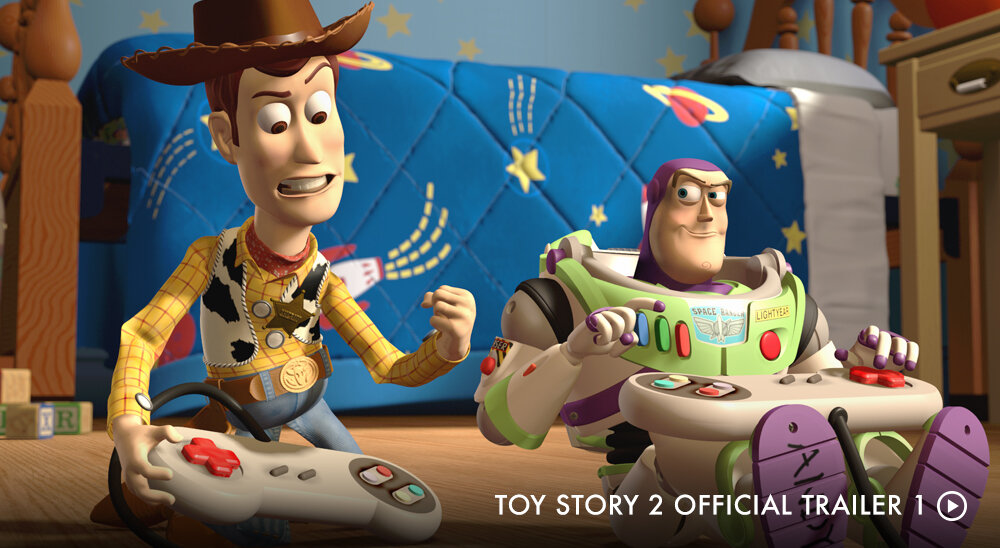
Ciao Alberto takes place after the film resolves, and returns to Alberto to address one of his major problems. The film revolves around their friendship and their low-stakes quest to show up a local bully and win a local competition in a tiny seaside Italian town, in order to win enough money to buy themselves a Vespa. And in the process, it zips through a story that feels like it could have sustained an entire movie.Ģ021’s Luca is primarily focused on the title character, a young sea monster who takes up life on land and in human form, after he meets a kindred soul, a daring peer named Alberto. It’s brief, cute, and focused on sight gags, but it also reopens some big, raw emotions that seemed at least nominally resolved in Luca. When Disney movies started following the Pixar spinoff-shorts model, with Tangled’s sequel short Tangled Ever After and the Frozen sequel short Frozen Fever, the studio took up the same model: emphasis on the “after” instead of the “happily ever after.”ĭisney’s latest CGI short, the Luca sequel Ciao Alberto, comes from the same mentality.

It isn’t just a jokey aside to Inside Out, it’s a legitimate mini-sequel that checks in on the characters after the action of the movie, and actually moves the story forward slightly, past its seemingly final point of closure. These shorts were primarily intended as DVD bonuses, to give buyers some extra incentive - fun little returns to a world, but without much depth or significance.īut something changed a bit with Riley’s First Date?, the 2015 Inside Out short. The same went for shorts like Jack-Jack Attack, BURN-E, and Party Central, which told jokey side stories from The Incredibles, WALL-E, and Toy Story, respectively.

spinoff Mike’s New Car, or Finding Nemo’s hybrid goof Exploring the Reef, didn’t mess with that tradition at all - apart from bringing back the movie’s characters, they barely intersected with the films at all, and certainly didn’t have much to do with the originating movies’ plots. Early Pixar shorts, like the Monsters, Inc.

Pixar’s eventual parent company, Disney, had always wrapped up its stories with “happily ever after” endings. When Pixar first started making short film spinoffs and sequels to their feature films, the company added an odd new dynamic to the entire realm of popular animated movies.


 0 kommentar(er)
0 kommentar(er)
